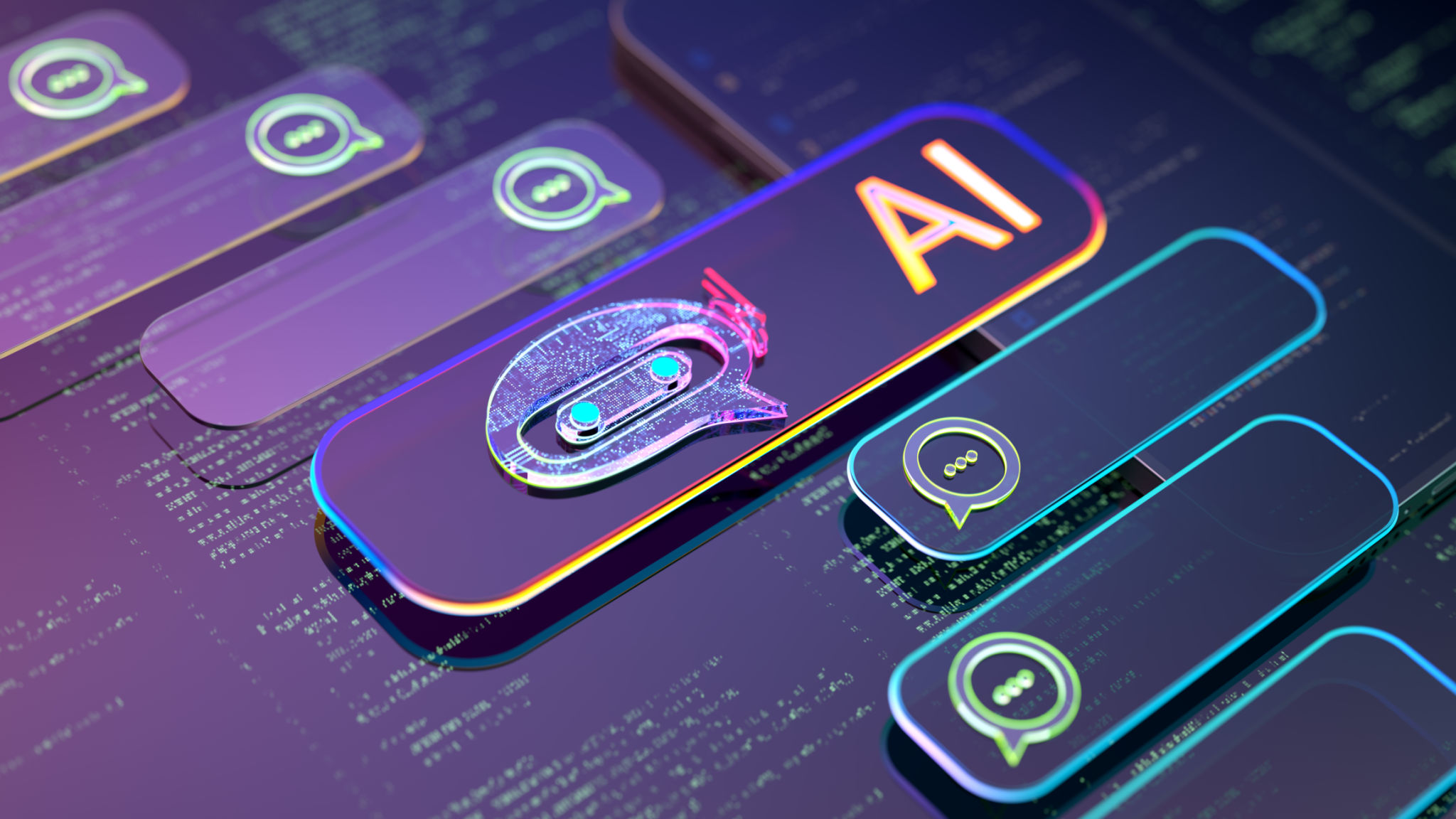How AI is Revolutionizing Virtual Reality Content Creation
Introduction to AI in Virtual Reality
The integration of Artificial Intelligence (AI) with Virtual Reality (VR) is transforming how immersive content is created, experienced, and consumed. As VR continues to gain traction across various sectors, from gaming to education, AI is playing a pivotal role in enhancing the quality and interactivity of virtual environments.

Enhancing Realism and Interactivity
One of the most significant contributions of AI to VR content creation is the enhancement of realism. AI algorithms can analyze and generate highly detailed textures, lighting, and environmental effects that make virtual worlds more lifelike. Moreover, AI-driven characters and avatars in VR can exhibit realistic behaviors and emotions, making interactions more engaging for users.
AI-powered systems can also adapt content dynamically based on user preferences and actions. This means that VR experiences can be personalized in real-time, providing a unique journey for each participant. This adaptability not only heightens immersion but also increases user satisfaction.
Streamlining the Content Creation Process
AI is revolutionizing the content creation process itself by automating many tasks that were traditionally manual and time-consuming. For example, procedural content generation using AI allows for the automatic creation of vast landscapes and complex architectural structures in minutes instead of hours or days.

Additionally, AI tools can assist in animation, voice synthesis, and even scriptwriting, reducing the workload for creators and allowing them to focus on more creative aspects. These advancements enable smaller teams to produce high-quality VR experiences that were once only possible for large studios with extensive resources.
AI in User Experience Design
User experience (UX) design is another area where AI is making significant strides. By analyzing user interactions within VR environments, AI can provide insights that help designers refine and improve the user interface and overall experience. This data-driven approach ensures that VR applications are intuitive and enjoyable for users.
Furthermore, AI can predict user behavior and suggest enhancements, which can lead to more seamless navigation and interaction within virtual spaces. This predictive capability is crucial for developing VR applications that are both user-friendly and captivating.

Challenges and Future Prospects
Despite the impressive advancements, there are challenges to overcome in integrating AI with VR content creation. Issues such as computational power requirements, ethical considerations, and ensuring user privacy need to be addressed as these technologies evolve.
Looking ahead, the future of AI and VR holds immense potential. As technology continues to advance, we can expect even more sophisticated AI-driven tools that will further democratize VR content creation, making it accessible to a broader range of creators and industries.
Conclusion
AI is undeniably revolutionizing the way virtual reality content is created and experienced. By enhancing realism, streamlining processes, and improving user experiences, AI is setting new standards for what is possible in the virtual realm. As we continue to explore the synergies between AI and VR, we are on the cusp of a new era of immersive digital experiences.
